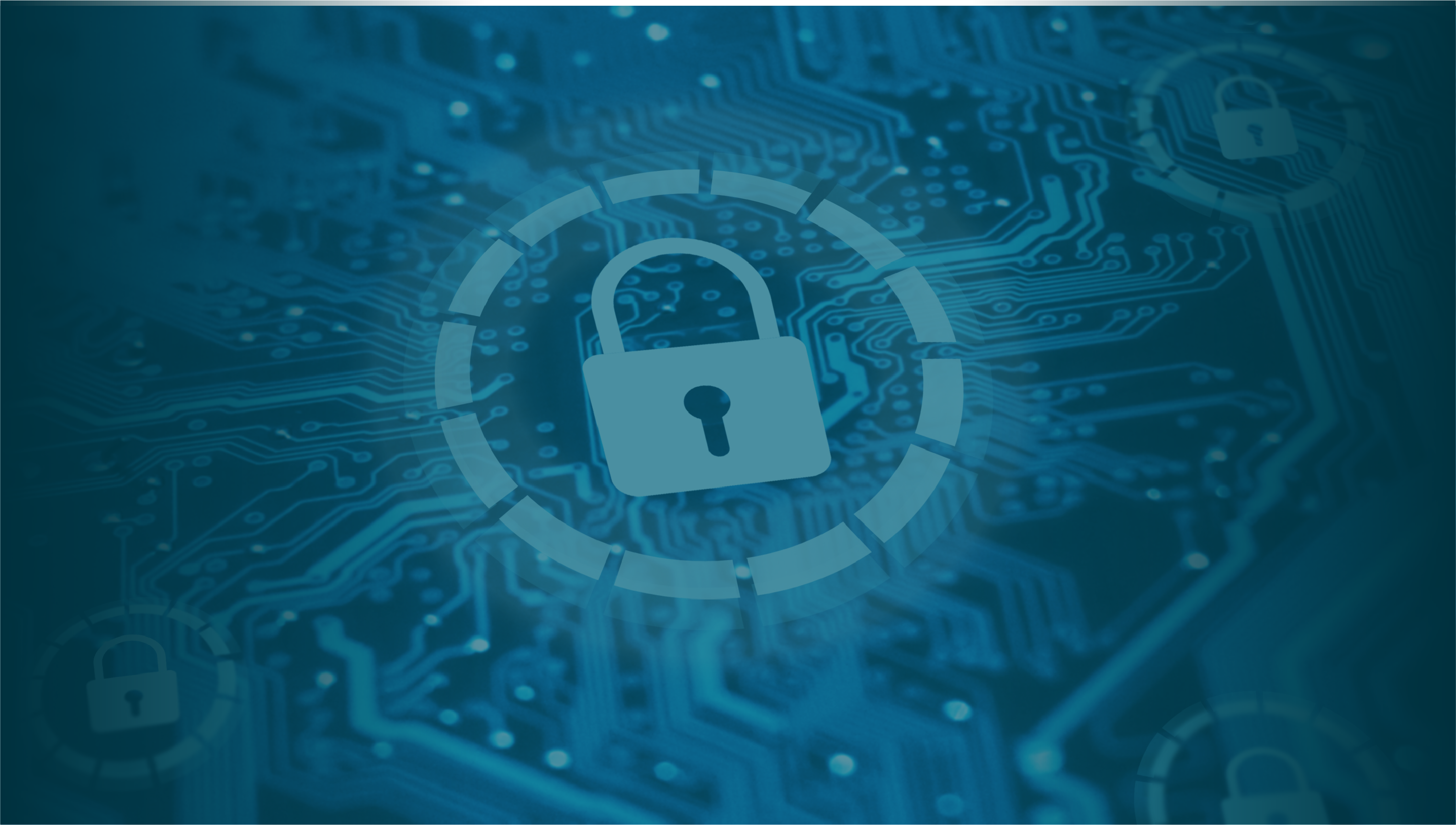Managing cybersecurity has become more complex than ever. IT professionals, cybersecurity experts, and small business owners often find themselves overwhelmed by the sheer number of tools they must handle to keep their systems secure. If this sounds familiar, you're not alone. This blog post will explore the challenges of managing complex security toolkits and outline actionable steps to simplify and streamline these tools, highlighting the benefits of a more straightforward approach.

The Overwhelming Complexity of Security Toolkits
Managing a cybersecurity toolkit can often feel like juggling too many balls at once. Between firewalls, antivirus software, intrusion detection systems, and more, the sheer number of tools required can be daunting. Each tool has its own dashboard, reports, and alerts, leading to a fragmented and inefficient security posture. This complexity can result in missed threats, slower response times, and an overall sense of chaos.
Many organizations find themselves in a perpetual state of reaction, constantly putting out fires rather than proactively managing their security. This reactive approach is not only exhausting but also leaves gaps in your defenses. Simplifying your cybersecurity toolkit can bring much-needed clarity and efficiency, allowing your team to focus on strategic initiatives rather than constant firefighting.
The Benefits of Simplifying Your Security Toolkit
Simplifying your cybersecurity toolkit offers numerous advantages. First and foremost, it enhances your overall security posture. With fewer tools to manage, you reduce the risk of configuration errors and overlooked vulnerabilities. A streamlined approach also improves efficiency, allowing your team to respond to threats more quickly and effectively.

Additionally, simplifying your toolkit can lead to cost savings. Reducing the number of tools you use means fewer licenses to purchase and maintain. This can free up budget for other critical initiatives, such as employee training or advanced threat detection technologies. Finally, a simplified toolkit can boost team morale. When your team is not overwhelmed by the complexity of managing multiple tools, they can focus on higher-value activities that drive your organization's security strategy forward.
How to Streamline Your Cybersecurity Toolkit
-
Conduct a Comprehensive Audit
The first step in simplifying your cybersecurity toolkit is to conduct a comprehensive audit of your current tools. Identify which tools you have in place, what they are used for, and how effectively they are meeting your needs. This audit will help you identify redundancies and gaps in your security posture.
During your audit, consider the following questions:
- Are there any tools that are rarely used or have overlapping functionality?
- Which tools provide the most value and are critical to your security strategy?
- Are there any tools that are difficult to manage or integrate with other systems?
Answering these questions will give you a clear picture of your current toolkit and help you make informed decisions about which tools to keep, consolidate, or retire.
-
Prioritize Integration and Automation
One of the primary causes of complexity in cybersecurity toolkits is the lack of integration between tools. When tools operate in silos, it becomes challenging to get a comprehensive view of your security posture. To address this, prioritize tools that offer robust integration capabilities and can seamlessly share data with other systems.
Automation is another key factor in streamlining your toolkit. Look for tools that offer automation features to reduce manual tasks and improve efficiency. For example, automated threat detection and response can help your team quickly identify and mitigate threats without constant manual intervention. By integrating and automating your tools, you can achieve a more cohesive and efficient security strategy.
-
Consolidate Redundant Tools
Redundant tools not only add complexity but also consume valuable resources. During your audit, you may identify multiple tools that perform similar functions. Consolidating these tools can simplify your toolkit and reduce costs.
For example, if you have multiple antivirus solutions in place, consider standardizing on a single, comprehensive solution. Similarly, if you have separate tools for threat detection and incident response, look for a unified platform that combines both capabilities. By consolidating redundant tools, you can streamline your operations and improve overall efficiency.
-
Focus on User-Friendly Tools
The usability of your tools plays a significant role in their effectiveness. Complex, difficult-to-use tools can hinder your team's ability to respond to threats quickly and accurately. When evaluating new tools or deciding which existing tools to keep, prioritize those with user-friendly interfaces and intuitive workflows.
User-friendly tools not only improve efficiency but also reduce the likelihood of errors. When your team can easily navigate and operate their tools, they are more likely to use them effectively. Consider conducting user testing or seeking feedback from your team to ensure the tools you choose meet their needs and preferences.
-
Invest in Training and Support
Even the most advanced tools are only as effective as the people using them. Investing in training and support for your team is essential to maximizing the value of your simplified toolkit. Ensure that your team is well-versed in the capabilities and best practices for each tool in your arsenal.
Additionally, provide ongoing support and resources to help your team stay up-to-date on the latest threats and trends. This can include regular training sessions, access to online courses, and participation in industry conferences. By equipping your team with the knowledge and skills they need, you can enhance your overall security posture and drive continuous improvement.
-
Monitor and Optimize Continuously
Simplifying your cybersecurity toolkit is not a one-time effort. It requires ongoing monitoring and optimization to ensure that your tools continue to meet your needs and adapt to evolving threats. Regularly review your toolkit to identify opportunities for improvement and stay ahead of emerging risks.
Consider implementing a continuous improvement process that includes regular assessments, feedback loops, and performance metrics. This proactive approach will help you identify and address potential issues before they become critical, ensuring that your toolkit remains effective and efficient over time.
The Future of Cybersecurity Toolkits
The field of cybersecurity is constantly evolving, and so too are the tools and technologies available to protect your organization. As new threats emerge and technology advances, it is essential to stay informed and adapt your toolkit accordingly. This may involve adopting new tools, retiring outdated solutions, or integrating innovative technologies such as artificial intelligence and machine learning.
By staying proactive and continuously optimizing your cybersecurity toolkit, you can ensure that your organization remains resilient in the face of evolving threats. Simplifying your toolkit today will position you for success in the future, enabling you to focus on strategic initiatives and drive your security strategy forward.
In conclusion, simplifying your cybersecurity toolkit can bring numerous benefits, including enhanced security, improved efficiency, cost savings, and increased team morale. By conducting a comprehensive audit, prioritizing integration and automation, consolidating redundant tools, focusing on user-friendly solutions, investing in training and support, and continuously monitoring and optimizing your toolkit, you can achieve a more streamlined and effective security posture.
How Redapt Can Help
For IT professionals, cybersecurity experts, and small business owners, the path from chaos to clarity begins with taking a proactive approach to managing your security tools. By following the steps outlined in this blog post, you can simplify your operations, reduce complexity, and focus on what truly matters – protecting your organization from evolving threats.
Ready to simplify your cybersecurity toolkit? Contact us at Redapt.com to learn more about how we can help you streamline your operations and achieve a more effective security strategy. Let's work together to build a brighter, more secure future for your organization.
Categories
- Cloud Migration and Adoption
- Enterprise IT and Infrastructure
- Artificial Intelligence and Machine Learning
- Data Management and Analytics
- DevOps and Automation
- Cybersecurity and Compliance
- Application Modernization and Optimization
- Featured
- Managed Services & Cloud Cost Optimization
- News
- Workplace Modernization
- Tech We Like
- AWS
- Social Good News
- Cost Optimization
- Hybrid Cloud Strategy
- NVIDIA
- Application Development
- GPU





